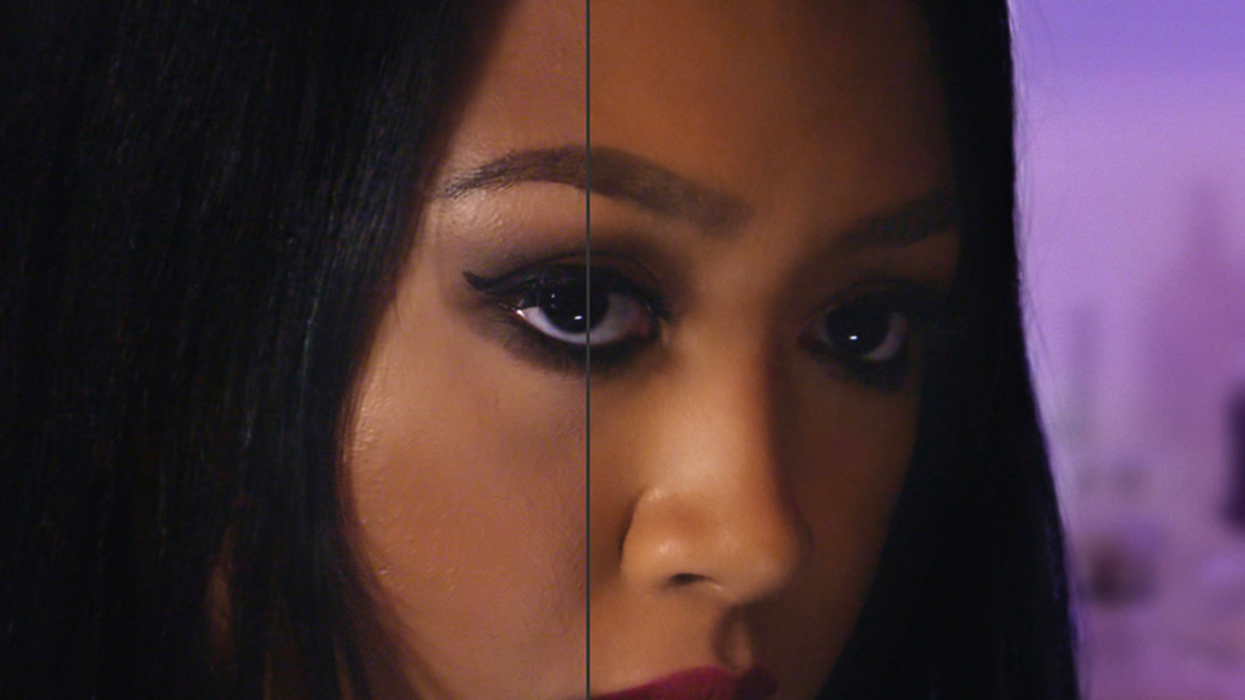Field Test: Magic Bullet Denoiser III Cleans on a Budget
With its latest release of Denoiser, Magic Bullet continues to improve on a powerful tool for cleaning noisy footage fast.

The Magic Bullet suite of plugins from Red Giant has long had a solid denoise plugin, and with the release of version III, the company has rewritten it from scratch. Cleaning up noisy video was once a technique that required expensive hardware and was reserved for specific shots that truly needed it. However, in the last few years it has become practically the norm to apply some sort of noise correction to the vast majority of shots in a project. Knowing the tools available, and in particular how much noise they are capable of overcoming, is an essential skill not only for editors and colorists, but also for cinematographers making on-set decisions about how noisy they can allow a shot to get and then clean it up later in post.
Working with computer vision company wrnch, Denoiser III should be able to do more sophisticated analysis of both the noise and the content of a shot, and remove unwanted noise faster and with less artifacting. The plugin, like the rest of the Magic Bullet Suite, offers broad install support, with not only Resolve and Premiere but also Avid and Final Cut X installs available.
To put it through its paces, we used a sample shot that was originally captured on 35mm film, pushed two stops, and skip bleached. The final noise was intended as part of the look of the image, and provides a pleasing texture, but is heavy enough noise to not only be noticeable to most users but also to possible cause some problems at broadcast, making it an ideal test for noise correction software. We took this sample and put it through Resolve's internal noise corrector, and also Neat Video, currently the most popular noise plugin. The best way to evaluate noise is in motion, to see the vibration of noise and to really tell if there are any deal-breaking artifacts.
As can be seen from the tests, Denoiser III is a powerful tool that matches its competitors easily and provides great options for noise. However, where Magic Bullet really shines was in being the easiest to use of the options. Denoiser III is aimed at a wide swath of users, and is just simple drag-on plugin with only five variable sliders. Neat Video offers more sophisticated controls, and while the auto-profile tool is wonderful, it does take at least a few minutes to learn. If you are reading this article because you need to buy a plugin right this very second to deliver a project that was due an hour ago, Denoiser III will get you results faster. If you need a noise correction plugin rarely, Denoiser III is it. There are likely to be situations where Neat Video's more powerful tools offer a needed level of refinement, but in quick and dirty tests, Denoiser held its own.

The internal noise tool in Resolve is also powerful, but takes slightly longer to learn to use, is only available with the $299 studio package, and in our testing was the most resource intensive. This meant it had the longest refresh when tweaking the image. Denoiser III offered the fasted refresh, showing us a preview of how the image would look with noise correction after each changed parameter. An auto-noise feature would help Resolve's tool tremendously to keep pace with Neat Video and Magic Bullet in this arena.
The new release also adds Renoiser, which is a handy tool for adding noise back into your image. If you have shot a particularly clean video and want to add texture or personality to the shot, or if you need to clean the noise for VFX reasons (to cut a clean key), then want to renoise the shot after FX, Renoiser will be a handy tool to create a consistent noise level for your production.
Available now for $199 from Red Giant, with an academic discount bringing it down to $99.











